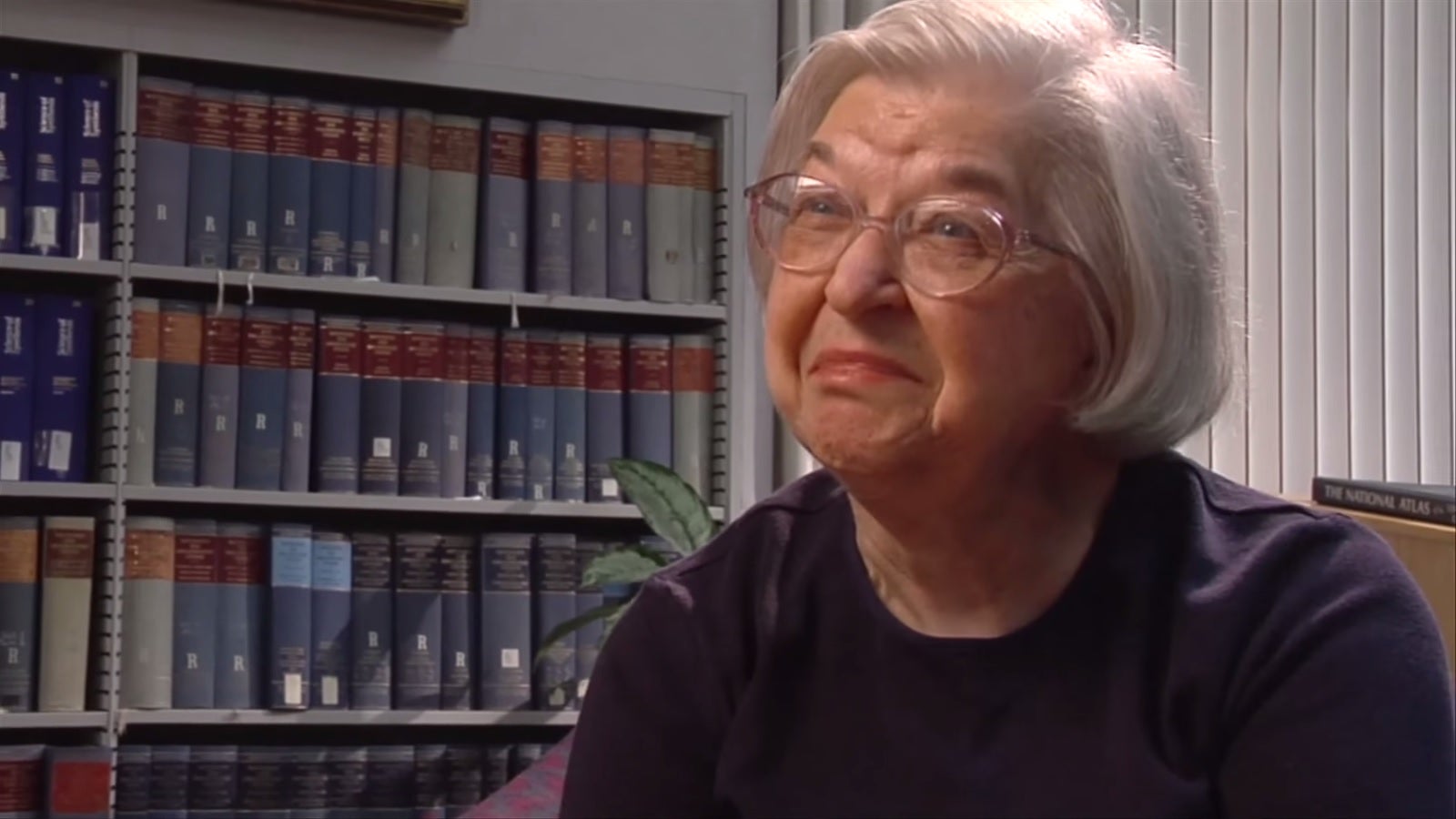This week in science history, July 31, 1923

Chemist and entrepreneur Stephanie Kwolek. (Image courtesy of the Chemical Heritage Foundation)
Fifty years ago, a DuPont chemist discovered a new synthetic fiber that would save thousands of lives. Her name was Stephanie Kwolek, and she was born on July 31, 1923.
Stephanie grew up in a small town outside of Pittsburgh. As a girl, she became fascinated with the natural world and filled scrapbooks with leaves and wild plants from the woods around her house. In high school, she excelled in biology and enrolled in the Carnegie Institute of Technology—later renamed Carnegie Mellon University—with plans to become a physician, but the high cost of medical school forced her to get a job after graduation. Armed with a bachelor’s degree in chemistry, she applied for a position at DuPont in 1946, intending to build up her savings before pursuing a career in medicine.
Kwolek traveled to DuPont’s research facility in Buffalo, New York, where she joined a team of chemists tasked with developing new synthetic fibers. DuPont’s profits had soared following the introduction of nylon in 1939, and the company now sought to follow up on its success by creating new fibers with other useful properties. It was a challenging and exciting field of research, and Kwolek soon set aside her medical ambitions and embraced a career as an industrial chemist, first in Buffalo and later at DuPont’s laboratories in Wilmington, Delaware. She became extremely skilled at linking smaller molecules together into long chains called polymers, which could then be dissolved and mechanically spun into fibers.
In 1964, Kwolek’s supervisors approached her with a new assignment. Economists believed the United States was about to suffer from a fuel shortage. People were looking for ways to reduce gasoline use, and DuPont believed one promising approach was to replace the heavy steel wire used in automobile tires with a synthetic fiber. This new polymer would have to be both strong and extremely lightweight.
Kwolek set to work, focusing her attention on a family of substances called polyamides, whose long molecular chains proved difficult to dissolve. The resulting mixtures had a watery consistency and a strange cloudy-white color. When she asked a colleague to spin a fiber using one of her new samples, he refused, arguing that the cloudiness was caused by particles that could clog the equipment. Kwolek filtered the material and, after determining there were no particles in it, received permission to run her test.
Contrary to expectations, Kwolek’s watery polyamide solution generated a beautiful fiber which turned out to be five times stronger than steel. Today we know it as Kevlar. Since the 1960s Kwolek’s discovery has made its way into everything from sneakers to smartphones, but it is best known for its use in the bulletproof vests and helmets worn by police and members of the armed forces. Although she never became a doctor, Stephanie Kwolek’s love of chemistry wound up saving lives after all.
WHYY is your source for fact-based, in-depth journalism and information. As a nonprofit organization, we rely on financial support from readers like you. Please give today.



